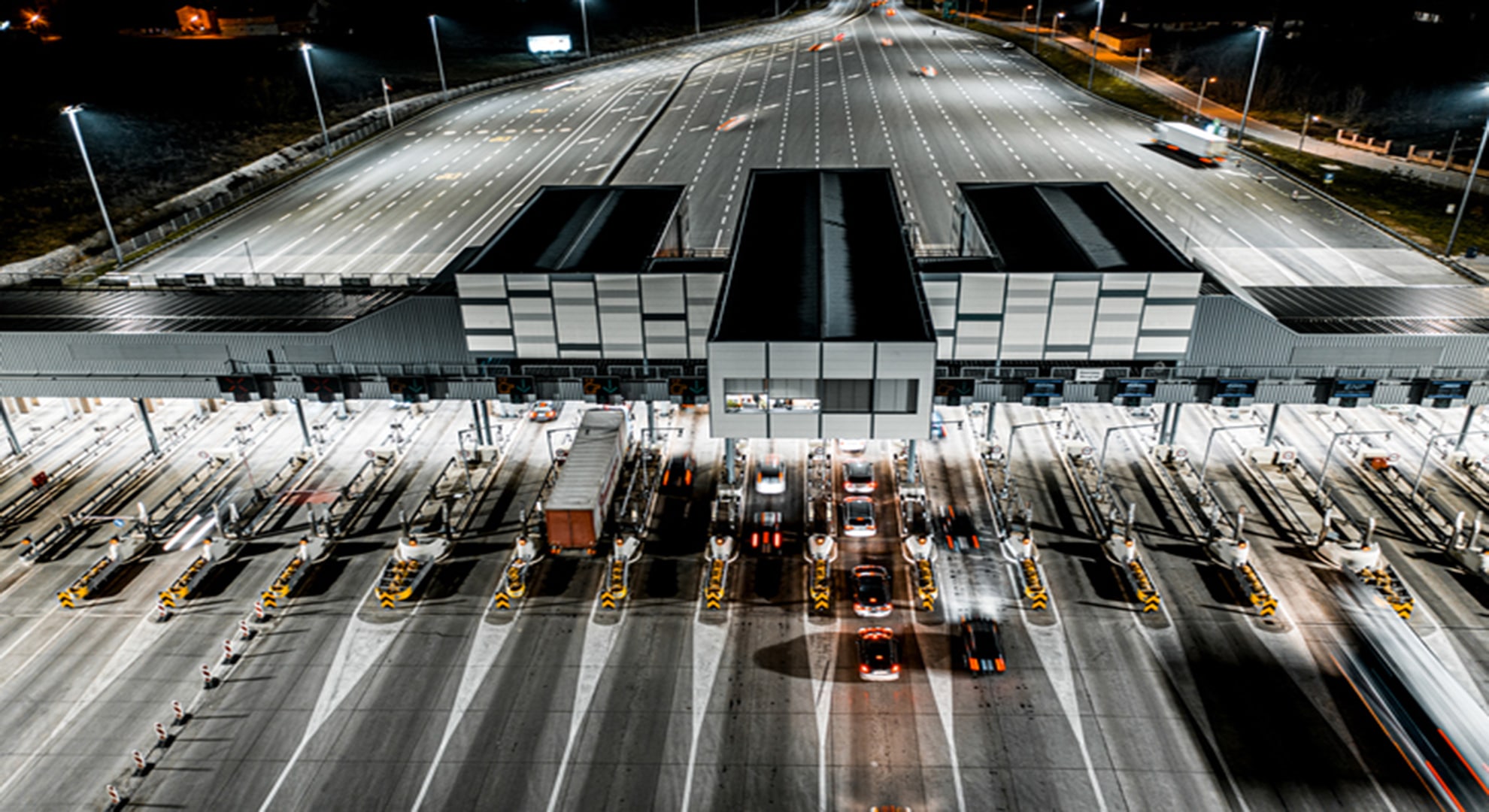
19 Feb Transport and logistics: the benefits of connectivity
Autonomous driving and its comprehensive roll-out is one of the most coveted future milestones in medium-term connectivity. And it’s not on the minds of those involved in the transport and mobility sectors for nothing, given it takes up a large part of technological investment in this field. However, this goal – being of enormous importance and promoting an equally massive paradigm shift – is by no means the only factor that needs to be taken into account.
Automotive manufacturers, providers of connectivity services, as well as those responsible for designing and improving transport infrastructure – including roads, traffic lights, signage, etc. – must open their focus and tackle the matter from more than one angle at the same time. Because in order to make autonomous driving a reality, 5G connectivity must be available in all vehicles. As well as in all the elements that interact with them, so they can become 5G ‘nodes’, for more efficient and safer transport.
-
Transport improvements in developing countries thanks to 5G
In order to explore the real possibilities of such a strategy, with the potential to modify global economic development, many experts are looking at implementing technological development programmes in terms of mobility in third world countries. These include prominent exporting nations, with enormous wealth when it comes to raw materials, but highly ineffective transport networks.
The World Bank has commissioned a number of experts in this field to investigate the issue. One of them, José Francisco Montserrat from the Polytechnic University of Valencia, is working on a report commissioned by the aforementioned international body. The objective pursued by the Institute of Telecommunications and Multimedia Applications (iTEAM) with this research is to see how countries like Bangladesh and Kenya, for example, could be transformed significantly thanks to 5G connectivity.
Montserrat cites the example of an Indian city. “It’s one of the biggest textile producers in the world and its ports are wonderful, but you see these donkeys carrying goods in bales, packages get lost or don’t arrive on time. Their local transport is very poor. The moment it improves, production will be vastly improved, the economy will free up and if, based on these transport improvements, we can integrate 5G, their window onto global connectivity will completely open up”.
-
Better logistics thanks to interconnected roads and vehicles with 5G
In countries like Kenya, there are no traffic lights. Providing these basic signals with 5G connectivity, with the option for all smart vehicles to interact with them, will make it possible for transport and logistics services to regulate speed based on needs in real time, without the need for drivers to intervene. This will increase road safety and also establish an efficient and productive flow of traffic.
It will be of paramount importance to boost logistics in developing countries. According to Montserrat, “in Nairobi, we will investigate the logistics around trucks that transport fish. Traceability in real-time with large volumes of component parts requires millions and millions of devices to be connected, which 4G simply doesn’t allow and 5G does”. This could be a significant qualitative leap, bearing in mind that, in many cases, resources are being underused.
“Right now in Bangladesh, for example, hauliers spend 30% of their time travelling without any cargo, which impairs the efficiency of transport and, as such, consumes more energy”, explains the researcher.
We’re not just talking about the comfort that autonomous driving could bring, but also the possibility of real-time monitoring, thanks to 5G connectivity, of speed, load capacities, vehicle occupancy and even facilitating the interaction of various modes of transport with the roads themselves, from an Internet of Things (IoT) massive wireless perspective…
5G as an agent of change on a global scale
The technological transition, supported by developments such as 5G connectivity, could represent a global shift. Obviously, both large telecommunications companies and operators are making significant investments in Europe and Asia, for example.
It’s clear that, in developing countries, priorities need to focus on the development of areas such as health, human rights, education and safety infrastructure. Nevertheless, the efforts we’re seeing from certain stakeholders in the sector to implement advances and promote the leap from 4G to 5G could also serve as a catalyst for change specifically in these fields, and in many others, promoting wider economic development and a state of wellbeing for all.

